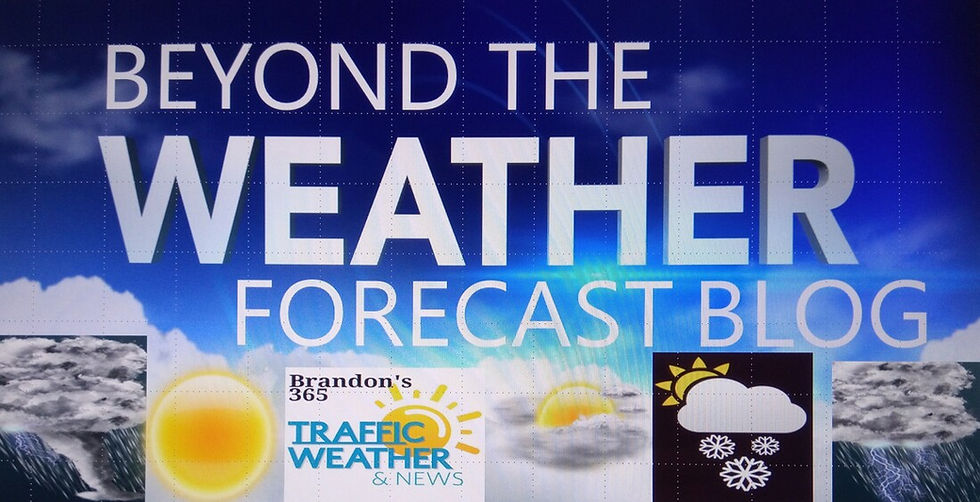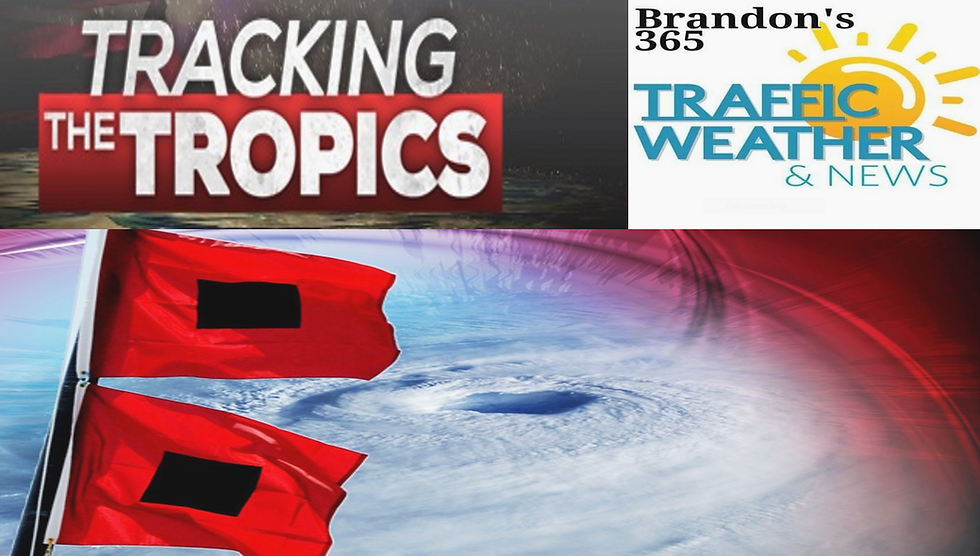Beyond The Forecast: About Saharan Dust
- Brandon Shipp

- Jun 16, 2020
- 2 min read

This is the time of year that Saharan dust storms form as strong easterly winds streak toward the Caribbean. Saharan dust, made of very fine particulates of minerals, travels across the Atlantic Ocean from the Sahara desert region of Africa. It’s transported by the trade winds, near the Earth’s equator. The largest plumes of dust can be the size of the continental U.S. While June is the beginning of the Saharan dust season, even stronger plumes can appear by July and into August. This dust can limit the development of tropical systems. It’s known as the Saharan Air Layer (SAL). How does this Saharan dust impact Atlantic hurricanes? The SAL is about 50 percent drier than tropical air. It is also associated with strong winds of up to 55 mph, which can increase vertical wind shear. Since tropical systems need moist air and low wind shear, this dust can be a real problem for tropical storms and hurricanes to develop. During the summertime, these storms roll off of the African coast every three to five days. Some are stronger and bigger than others. Not only can the Saharan dust limit tropical activity it is also known for contributing to vivid sunrises and sunsets especially in the Caribbean, and along the gulf coast as well as parts of the south and southeastern US. Florida, Texas, Alabama, and Mississippi see the dust typically in mid to late June and especially in July and August. The dust can also cause a slight uptick in allergies for some people. Each year, 182 million tons of dust is lifted into the air -- that’s 689,290 semi truck loads of dust! Places like Houston, Biloxi, Panama City, Pensacola, Hattiesburg, Lake Charles, New Orleans, South Padre Island, and Mobile are the cities that get impacted by the dust most often in the summer time.







Comments